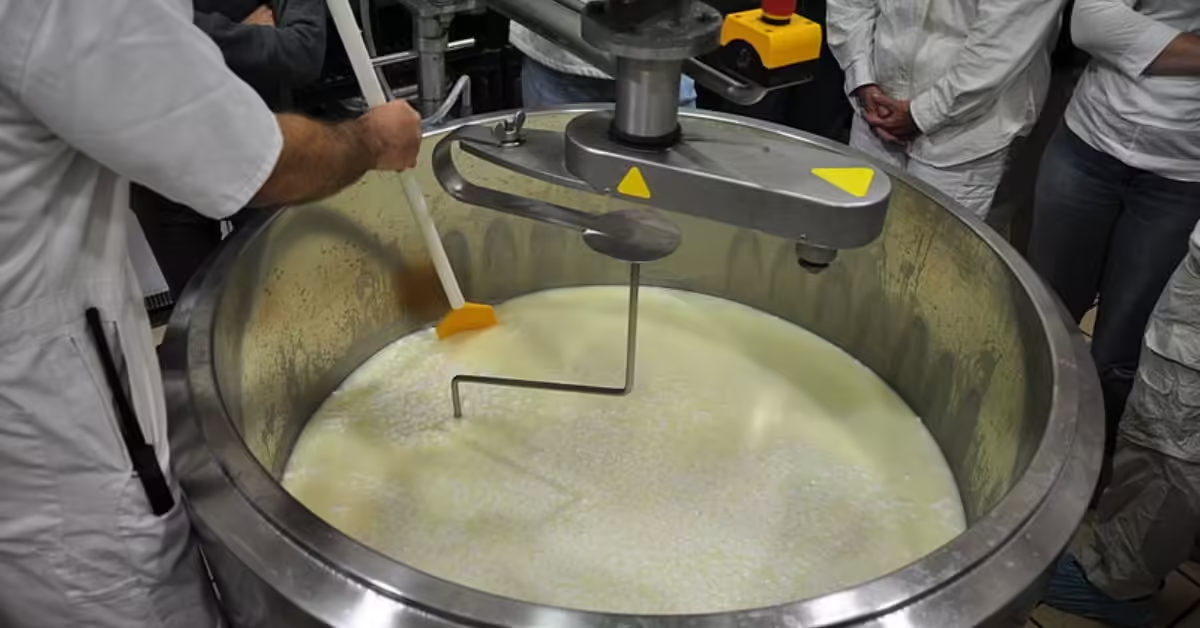
Table of Contents
Protein powders are concentrated protein supplements offering you high amounts of this essential macro-nutrient per serving. They are popular among athletes and bodybuilders. Proteins don’t naturally come in powdered forms so they are made through a series of meticulous industrial production processes.
They can be made from carefully selected plant or animal sources. They often come with additives in various amounts meant to increase their shelf life or improve taste and flavor when taken as protein drinks for instance.
In recent articles, we discussed pre-bed proteins, the best source of protein, and which vegetables are high in protein. In this article, we’ll detail some of the ingredients your protein powder may contain and the step-by-step production process.
What ingredient is in protein powder?
Knowing the ingredients in protein powder formulations and their roles helps you select the best that meets your personal or dietary needs. In an earlier topic on plant protein sources, we made it known plant proteins don’t only have lower protein content than animal sources, they often lack the complete protein profile.
Protein powders, if plant-based, must be sourced from various plants to ensure completeness. By this, they are formulated to have all 9 essential amino acids that make them complete proteins and a good source of protein for vegetarians.
The common animal-based ingredients and components of protein powders are whey and casein. Plant sources include Soy and Pea. Each offers unique nutritional benefits and advantages.
Whey protein: It is often derived from milk during cheese production. It was once seen as a noxious byproduct of industrial dairy production but now is part of a multibillion-dollar protein supplement industry. (source)1
Whey is known for fast digestion and absorption which is why it is popular among muscle builders and sports men and women. It has the full complement of proteins which makes it a complete source of nutrients.
Casein protein: It is also a derivative of dairy milk and is known for slow digestion and absorption which makes it ideal for nighttime consumption or at the beginning of a period of fasting. Casein is a complete protein source just like whey and other animal-based proteins.
Soy protein: This is sourced from soybeans and is of plant origin. However, unlike most plant sources, soy protein has all the essential amino acids so it’s among the highly limited sources of complete proteins for vegans and vegetarians as discussed in another topic on how vegetarians can get complete proteins.
Research conducted on 12 healthy volunteers and published in the Journal2 of Clinical Oncology showed soy protein powder can reduce the risk of prostate cancer.
Kindly keep in touch by signing up for our newsletter:
Pea protein: This is another plant-based protein source. Yellow split peas, unlike soy proteins, don’t have the full complement of amino acids but are particularly high in protein. !00g of it offers you up to 25g of proteins.
Other ingredients in protein powder include:
- Sweeteners: They may contain stevia, sucralose, and sugar alcohols to improve their taste but without increasing their caloric content.
- Preservatives: These are added to extend their shelf-life to keep them safe for consumption for a longer time.
- Flavor enhancers: They are natural or artificial additives to make the protein powders more palatable.
Finally, protein powders may have some amounts of heavy metals but research3 has shown heavy metals from protein powder ingestion do not pose any increased risk to your health.
Protein powder production: step-by-step in 8 steps.
Protein powder production involves a series of meticulous steps that adhere to rigorous standards. This is to ensure a high-quality protein supplement as an end product that delivers the desired nutritional benefits. Here are 7 general steps involved in the process.
- Selection: As the first step, it’s also one of the most important in the process. It is about the selection of the source of protein for the powder. This can be plant or animal-based. The decision on what type of animal or plant sources is also made here. Whether it has to be milk or insect-based, soy or pea, etc.
- Protein extraction: Firstly, the protein has to be extracted from the source which can be plant or animal-based. This can be done by a chemical or mechanical process like milling legumes for a vegetarian protein powder or separating whey from milk for whey powder.
- Filtration: This involves techniques like ultrafiltration or microfiltration to concentrate the extracted protein in ways that minimize nutrient loss. The aim is to remove unwanted elements like fats, sugars, and other non-protein components from the extract.
- Pasteurization: The protein is heated to a specific temperature for a period aimed at removing harmful bacteria that may be present in the extract. Research4 has shown this thermal treatment can also reduce the nutritional value of protein powders.
- Drying: This process converts the liquid protein into protein powder either through spray drying or freeze-drying techniques. Spray drying, being the most common, involves the drying of protein droplets via hot air which yields fine and uniform powder particles.
- Blending: The protein powder derived from drying is then blended with non-protein ingredients to improve its nutrient profile and taste. Added ingredients may include vitamins, minerals, and flavorings.
- Testing: Just as applies to industrial products, the protein powder has to undergo quality testing to ensure it meets product standards with regard to purity, safety, and composition. Microbial assessments are also done to verify the absence of bacteria and other contaminants.
- Packaging: This is the final step in the production process during which the protein powder is packaged in sterile and secure containers before shipping to consumers. With good packaging, the protein powder is protected from air, light, and moisture which can reduce its shelf-life.
How is vegan protein powder made?
This is an alternative to animal-based protein powders that meet the needs of vegans and vegetarians alike. They are made from various sources like pea, hemp, and soy with each contributing its unique amino acid profile that collectively makes for complete protein.
The production involves sourcing and extraction methods that ensure the retention of important nutrients and the removal of allergens like gluten. The general production process follows the steps as outlined earlier in this article from extraction to packaging. The main difference is that vegan protein powders are devoid of animal components.
The protein powders may be sourced from different plant sources to create a complete protein profile as mentioned earlier. They are also known to be hypoallergenic as the meticulous production process is designed to remove all or most allergenic substances. Unlike animal-based protein powders, the making of vegan protein powders comes with the challenges of achieving consistency in flavor and texture
Is protein powder made from bugs?
Protein powders can definitely be made from selected bugs and they represent some of the best protein-packed supplements you can find. They are called insect-based or entomological proteins. Bugs like crickets, grasshoppers, or mealworms may be used and are usually raised on farms.

Entomological protein powders are very good alternatives to whey, casein, or plant-based ones and usually come free from the allergens we have to deal with in plants and milk. Their protein content is up to 80%. They offer all the essential amino acids your body needs plus other nutrients like zinc, iron, and calcium. Other contents include:
- Beneficial fats like omega-3 and omega-6 fatty acids,
- Vitamins,
- Dietary fiber.
Regardless of the rich nutritional content of insect-based protein powders, they may not be suitable for people with entomophobia or those under cultural and religious dietary restrictions.
Is it safe to drink protein powder every day?
Proteins, as an important macronutrient, are part of what a day’s healthy and balanced meal should contain. For this reason, it’s safe to consume them daily in different forms including as protein powder but under the following precautions:
- Quality and source: Consumers of protein powders should choose products of reputable brands with minimal additives like artificial flavors and sweeteners.
- Amount: It is expected you get protein from your normal meals in a day. The amount of protein you get from protein powder supplements when added to those from your meals should not exceed your daily protein requirement. This is important to avoid the consequences of excess protein consumption as listed in another article you may want to read.
- Health status: Your current health status or presence of any comorbidity should influence how much protein powder you should consume. You should consult your physician if you have liver or kidney disease before increasing protein intake via supplements.
- Source of ingredient: Protein powders can come from either plant or animal sources. Being allergic to gluten or lactose should influence which type you should be taking daily and which should be avoided. It is possible to produce lactose-free protein powder that’s rich in whey and casein though. (source)5
- Balanced diet: Supplements are not replacements for normal healthy whole meals. While taking protein powders daily you should endeavor you are also getting all other essential micro and macronutrients your body needs for good health and optimal function from whole foods.
- Frequency and timing: Protein powders could drive up satiety and leave you feeling full over long hours. This is one of the positive effects of proteins and a means by which they help you take fewer calories to enhance weight loss. However, your intake of protein supplements should be planned so that they don’t unnecessarily interfere with your regular meals and force you into a calorie deficit.
You should be taking as many calories as your body requires daily if you are not on a weight loss journey.
In summary, to avoid potential problems that may come by taking protein powders daily, you should start small and increase your intake gradually while watching out for how your body responds, endeavor to eat balanced diets, and take protein powders that align with your health status and personal needs.
Best protein powder.
The best protein powder depends on your individual needs and dietary choices. It should come from reputable manufacturers, have minimal additives, and meet your health and personal objectives for taking the supplement.
Different types of protein powders have been described. They include collagen protein, hemp protein, soy protein, egg white protein, and pea protein but we’ll focus only on the main types in broader terms. The table below describes the characteristics of the main types of protein powders, and when they are best suited.
| Type | Characteristics | Best for |
|---|---|---|
| Whey | Fast absorption rate, and high bioavailability, and supports muscle recovery and growth with a quick amino acid provision. | Post-workout and breakfast or morning protein intake. |
| Casein | Slow absorption rate, provides sustained amino acid release, and supports muscle recovery and growth with slow and extended amino acid provision. | Pre-bed protein intake or between meals. |
| Plant-based | Hypoallergenic, high bioavailability, easy digestion, and rich in omega-3 fatty acids, dietary fiber, plus other vital nutrients. | Sensitive stomach and people with gluten or lactose intolerance. |
Safety and side effects of protein powder consumption.
Protein powder can be a healthy choice for most people and can be taken daily as stated earlier in this article. However, you have to be cautious in its use for best results and avoidance of unwanted outcomes.
Safety.
There are safety concerns with most industrially processed foods and protein powders are not exempted. Protein powders have to be taken with caution or avoided entirely if you are known to have certain medical conditions or taking certain drugs.
Pre-existing health challenges: People with poor kidney or liver function should consult a knowledgeable healthcare provider before getting on protein powders.
Medications: Protein supplements enriched with calcium that’s extracted from dairy sources can hinder the absorption and potency of certain antibiotics like ciproflox and tetracycline
Blood sugar levels or diabetes: Though protein helps to regulate blood sugar, protein powders may come with added sugars that may increase your sugar levels instead. Eating so much of them worsens the situation. So it’s a healthy practice to read the labels before purchasing the supplements.
Side effects.

Protein powders are concentrated sources of protein. Ideally, none’s low on amino acids. This makes it more likely you end up taking more proteins than your body needs on any day. It’s mostly in the light of taking excess proteins that the side effects take effect due to protein toxicity. Symptoms range from mild to serious medical conditions some of which may surprise you. They may include:
- Depression and anxiety,
- Diarrhea,
- Bad breath,
- Kidney stones,
- Risk of mental retardation,
- Unintended weight loss or weight gain, depending on the calorie content,
- Cancer, and
- Risk of brain damage.
All of these plus a whole lot more of the side effects of excessive protein consumption were discussed in detail in another article you may want to read titled The 15 symptoms and outcomes of excessive protein intake.
Though consuming them is generally safe when taken appropriately, adhering to your recommended daily protein intake is crucial to avoid the side effects.
References.
- King, S., & Weedon, G. (2019). Embodiment is Ecological: The Metabolic Lives of Whey Protein Powder. Body & Society. https://doi.org/10.1177/1357034X19878775 ↩︎
- S. Goodin et al., Clinical and biologic activity of soy protein powder (SPP) in healthy male volunteers: effect on testosterone and luteinizing hormone (LH). JCO 22, 4611-4611(2004).DOI:10.1200/jco.2004.22.90140.4611 ↩︎
- Bandara, S. B., Towle, K. M., & Monnot, A. D. (2019). A human health risk assessment of heavy metal ingestion among consumers of protein powder supplements. Toxicology Reports, 7, 1255-1262. https://doi.org/10.1016/j.toxrep.2020.08.001 ↩︎
- Sánchez-Oliver, A., Contreras-Calderón, J., Puya-Braza, J., & Guerra-Hernández, E. (2018). Quality analysis of commercial protein powder supplements and relation to characteristics declared by the manufacturer. LWT, 97, 100-108. https://doi.org/10.1016/j.lwt.2018.06.047 ↩︎
- Manufacture and application of high milk protein powder, Vikram V. Mistry, Lait, 82 4 (2002) 515-522
DOI: https://doi.org/10.1051/lait:2002028 ↩︎





















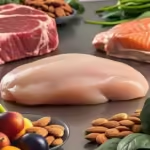


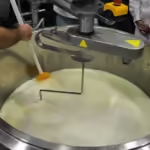


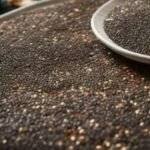
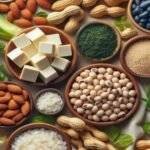
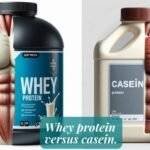








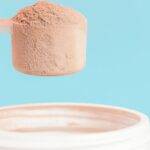


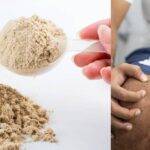





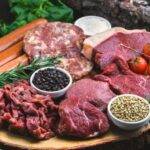






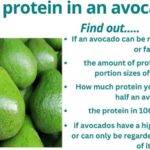




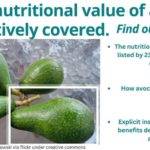
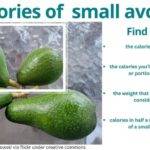
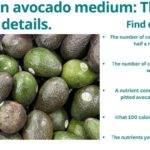
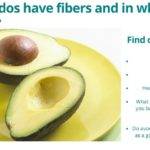
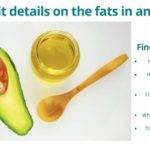

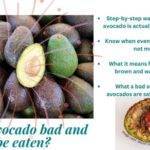












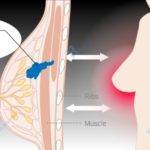

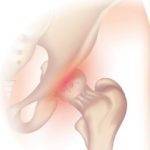








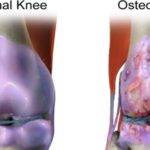






















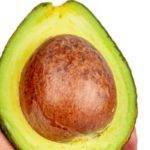



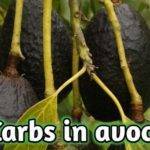







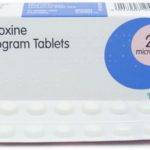


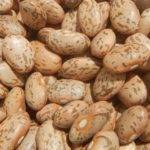
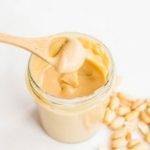








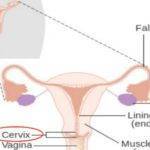




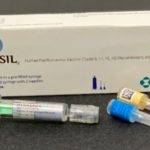











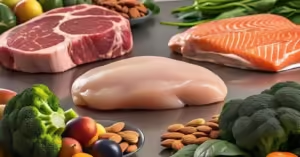



I’m still learning from you, but I’m making my way to the top as well. I definitely like reading everything that is posted on your website. Keep it coming. I like it!
I’ve been absent for some time, but now I remember why I used to love this site. Thank you, I will try and check back more often. How frequently do you update your site?